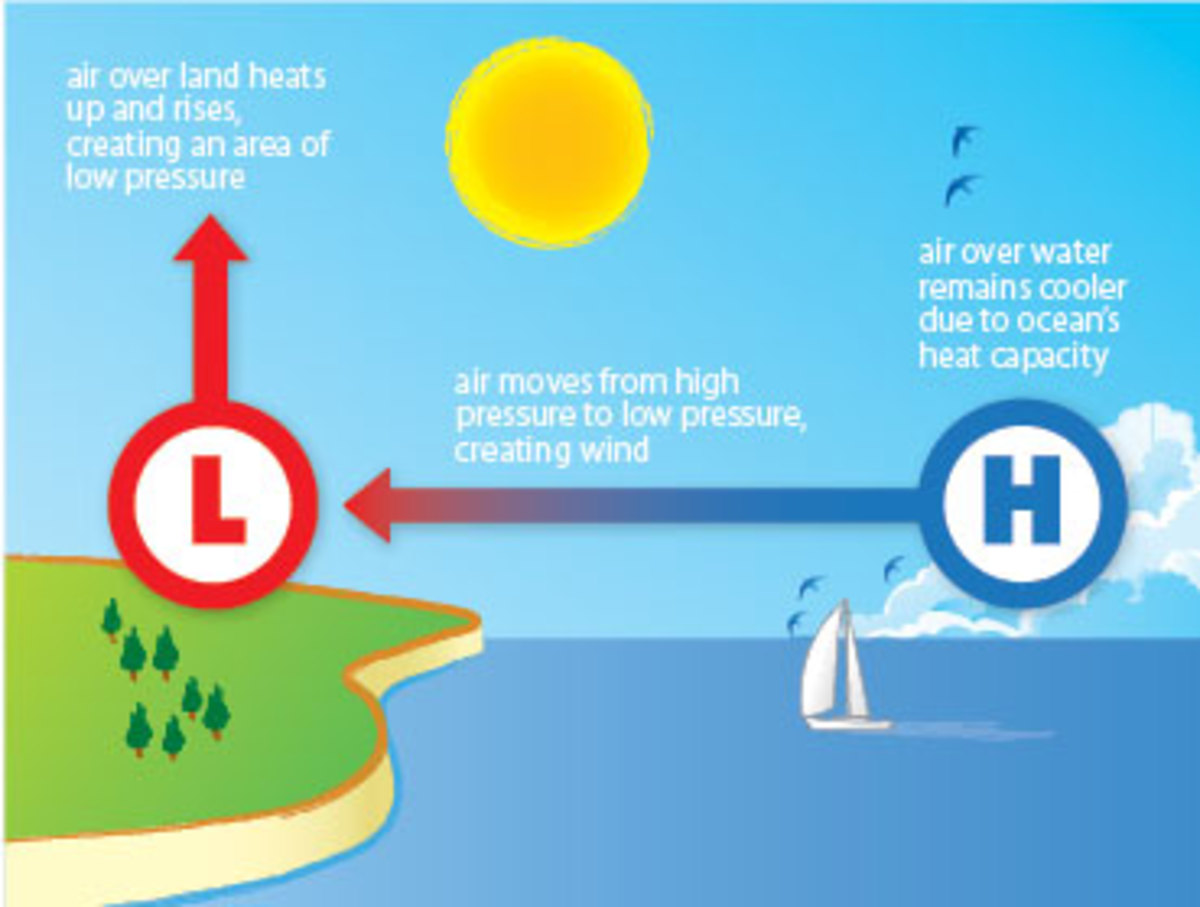
The resulting upward motion may destabilise the atmosphere (depending on the potential stability of the troposphere) and deep convection can occur in the central part of the peninsula.Ī classic example of this phenomenon as seen from the Meteosat-8 satellite was shown in the case study from 12 June 2007. These atmospheric conditions favour the development of complex sea breeze systems along the two coastlines, with a convergence area in the middle of the region. At 13.30 UTC: sea breeze front has moved about 70-90km inland.įigure 9: Meteosat-10 HRV, 16 March, 13:45 UTCĪ very nice outflow boundary is clearly visible in southern Somalia at 13:45 UTC (last images of the sequence).īy Zdenek Charvat (CHMI), Alexander Jakob and Jochen Kerkmannĭuring the summer, the flow dynamics over the narrow Salento peninsula in Southern Italy (Puglia) are often characterised by weak synoptic forcing. The Meteosat-10 HRV animation from 08:00–13:45 UTC, 16 March shows the airmass was very moist - illustrated by the uniform convective cloud field from the morning hours.ĭeep convection developed very early in many places (not only on the sea breeze front), the cooling effect, from the downdrafts and from the evaporation, created overlapping, circular cloud-free areas surrounded by the cumulus clouds. Three days later there was also a sea breeze along both the Kenyan and Somalian coastlines. Sea breeze in Somalia and Kenya, 16 March 2014 The cloud precipitation product (Figure 8) clearly indicates rainfall of over 3mm per hour in the coastal strip, South East lowlands and the Highlands west and east of the Rift valley and Nairobi area by 14:00 UTC. Meteograms issued by the Kenya Meteorological Service showed showers and thunderstorms in the South East lowlands, Coastal regions, Highlands West and East of the Rift valley and Nairobi area and the Lake Basin. Finally, the clouds dissipated before reaching the Lake Basin.įigure 8: KNMI cloud precipitation product, 13 March 2014 14:00 UTC The Meteosat IR 10.8 animation shows there was a lot of deep convective activity, especially in the regions with huge cumulus clouds.Īt night, the instability continued further inland, as the sea breeze changed to a land-breeze from the Highlands west and east of the Rift valley and Nairobi area and the South East lowlands. The intense sea breeze also penetrated further inland, carrying with it moisture from the ocean, as evident in the images where with time, the cloud-free areas grew in size as the intense sea breeze penetrated inland. The cloud arc on its south-eastern side marks the leading edge of a convective outflow boundary (gust front), an indicator of strong downdrafts inside the convective system. The zoomed blended Meteosat 10 HRV and IR 10.8 image (Figure 7) shows a deep convective cloud in the northern part of the Kenyan coast (Lamu) that developed on the sea breeze front. The northward pushing airmass is clearly marked on the Meteosat-10 image (Figure 1), with the temporary formation of a stratocumuls arc over the Piedmont (just west of the southern tip of Switzerland), between 06:00 UTC and 08:30 UTC.įigure 7: Meteosat 10 zoomed, blended HRV and IR 10.8, 13 March 2014 13:45 UTC Low cloud and snow appear in off-white - thin cirrus in grey hues and high cloud top in white.

The image frames from Meteosat-10 are composed of IR10.8 temperature in yellow (warm - 300K) to white (cold - 250K) semi-transparently overlaid over the HRV channel.

The diurnal evolution of the episode can be seen in the animation.

In the late morning of 11 April the airmass penetrated the inner valleys of Canton Ticino in a strong hazy valley breeze, replacing the clear foehn air that had arrived a couple of days earlier. The breezes are most developed when the general pressure gradient is slight and the skies are clear.īetween two high-pressure systems over the eastern Atlantic and Russia in early April, cooler air trickled through the gap between the Alps and the Dinaric Alps into the northern parts of the Adriatic Sea. During the day the land is warmer than the sea and a breeze, the sea breeze, blows onshore at night and in the early morning, the land is cooler than the sea and the land breeze blows offshore. Under the influence of solar radiation by day and radiation to the sky at night, a gradient of pressure near the coast is produced. A sea breeze is defined as a coastal local wind that blows from sea to land, caused by the temperature difference when the sea surface is colder than the adjacent land, its opposite is called a land-breeze.


 0 kommentar(er)
0 kommentar(er)
